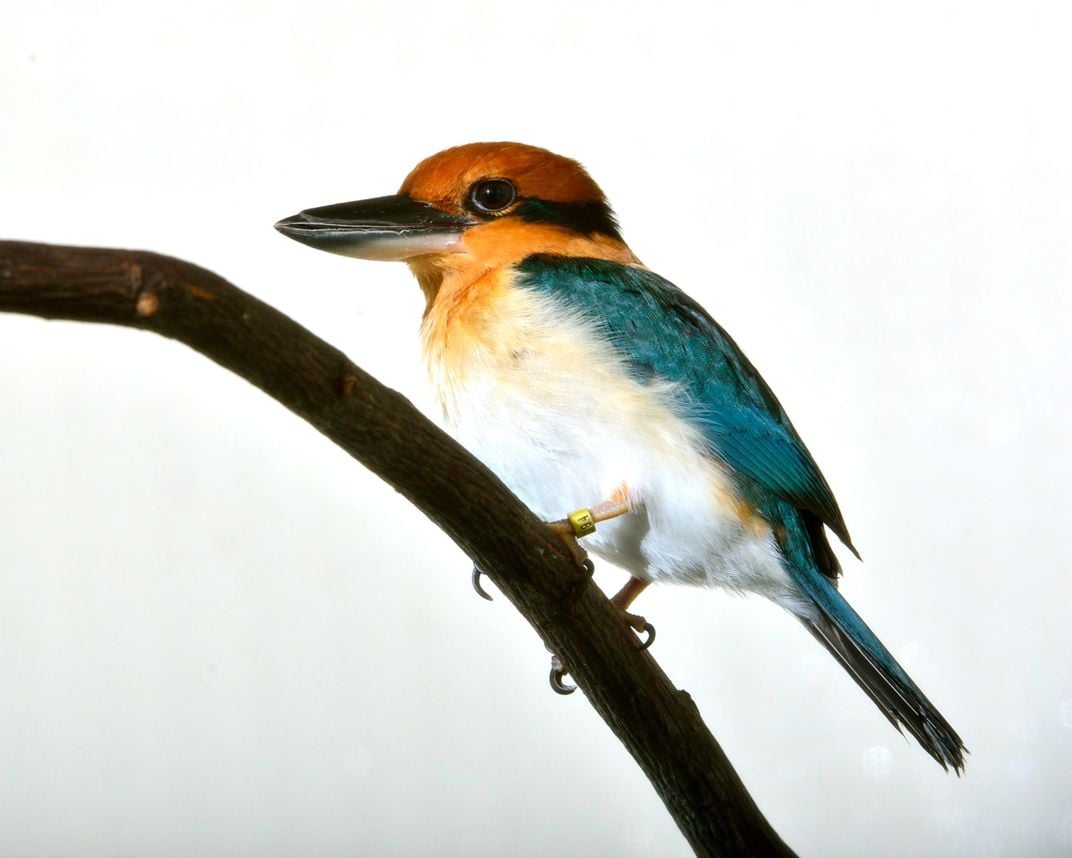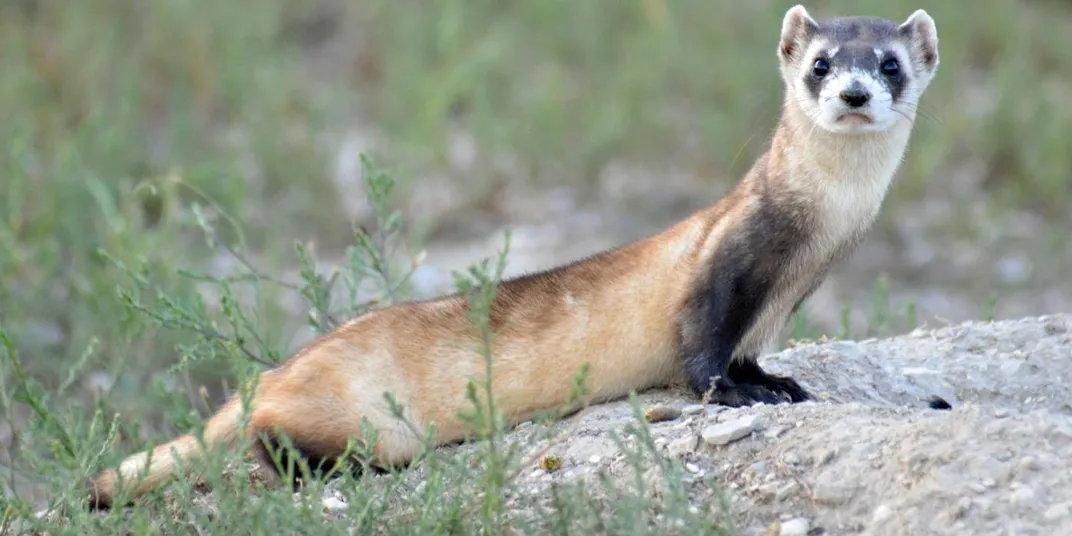The Climate Crunch - Why Every Fall Feels Like a Race to Save the Planet
Every autumn, climate conferences ignite efforts in the fight against climate change. How do these gatherings inspire reflection and drive action?

Picture stepping into a room alive with the collective energy of individuals from every corner of the globe, all convened to confront one of the most pressing issues of our era—climate change. Just as we employ terms like a “murder” of crows or a “parliament” of owls to conjure vivid images, I propose we christen this annual sequence of climate conferences an “autumn,” a season steeped in profound symbolism.
From New York Climate Week, which runs concurrently with the UN General Assembly, the Convention on Biological Diversity, and the United Nations Framework Convention on Climate Change, it feels like a constant stream of gatherings every autumn focused on healing a troubled planet. Autumn signifies transition as the natural world shifts from growth to dormancy, and so, too, these assemblies are occasions when we must progress from discourse to action.

The autumnal equinox, with its nearly equal day and night, symbolizes balance, a theme of utmost importance in climate action. We must strike a delicate balance between human progress and ecological preservation. Just as the trees shed their leaves, we, too, must let go of unsustainable practices and prepare for the renewal of ecosystems and policies that will help us thrive on a changing planet.

This symbolism becomes even more poignant as we observe the biodiversity crisis and the extreme weather patterns sweeping the globe—clear signs that the balance has tipped too far. The vibrant colors of autumnal foliage, like the stark evidence of environmental damage, call attention to the urgency of our task. The consequences of inaction will come unless we embrace autumn’s lessons of renewal and prepare our world for a sustainable future.
At the Smithsonian, we embrace the spirit of renewal, contributing actively to restoring and preserving biodiversity. From the reintroduction of the Guam Kingfisher to the Palmyra Atoll, to the return of the black-footed ferret to the prairies of Montana–both species are extinct in the wild and being revived by Smithsonian scientists and partners–we are working to restore healthy ecosystems where human actions have disrupted the natural balance.

When these autumn climate conferences occur, they are more than just meetings. Much like the harvest season, they become opportunities for gathering ideas and preparing for future growth. They are a call to gratitude for the planet’s remaining resources and a reminder of our responsibility to nurture them. We bring together environmental organizations, communities, and leaders to share knowledge, much like the harvesters sharing their bounty, and we plan how best to care for the environment in the months and years ahead.
In the face of such large-scale environmental challenges, cooperation and balance—much like the seasonal shifts of autumn—are essential. Just as nature moves forward in cycles, we, too, must work in cycles of innovation, implementation, and renewal. This autumn and in the years to come, Smithsonian scientists will participate in these vital conferences as partners in the mission to create a sustainable future. You, too, can be part of this work—whether by supporting conservation, engaging with local initiatives, or committing to practices that protect the environment for future generations.
Learn more at science.si.edu.

